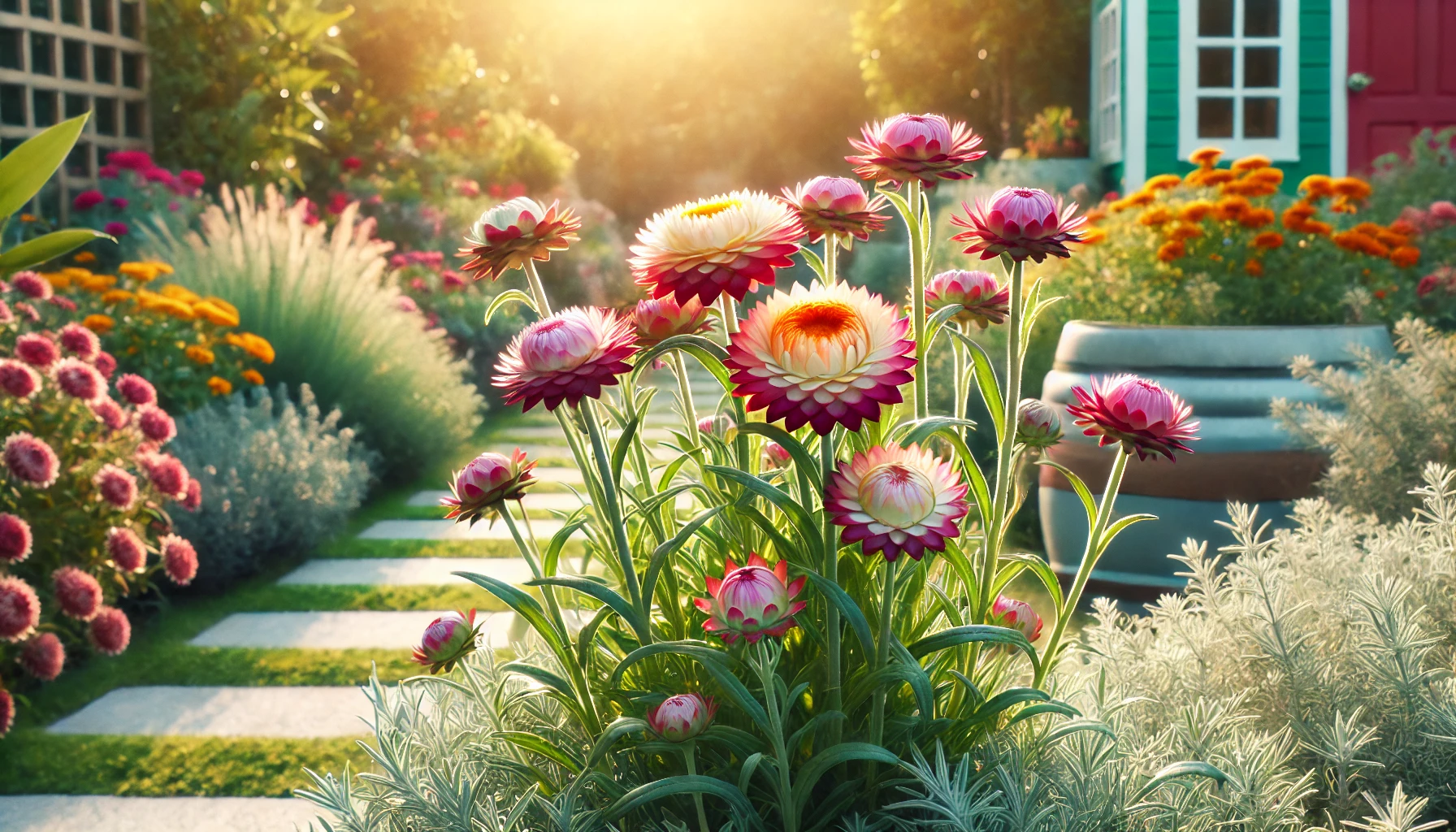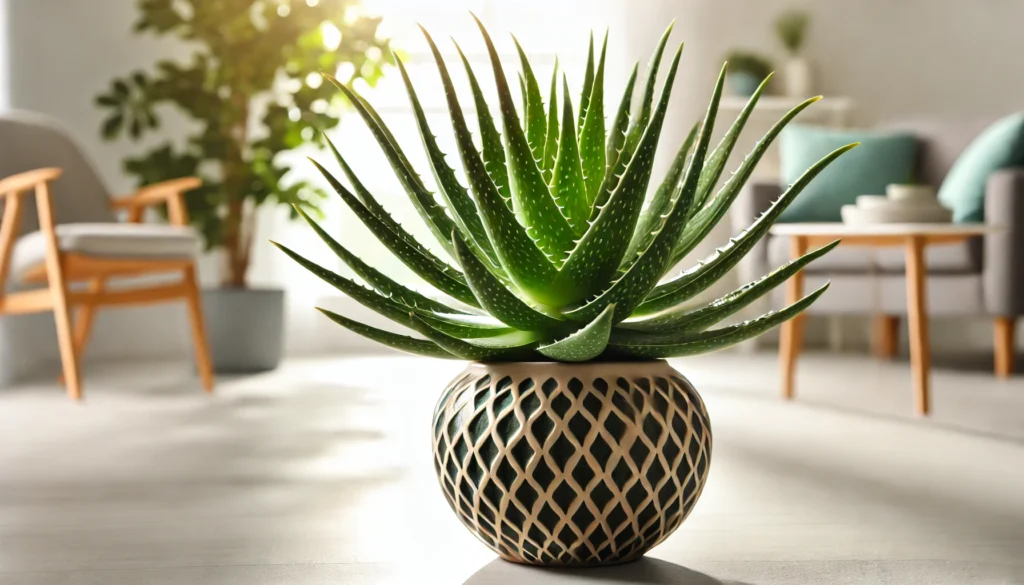
The Everlasting Flower, formally known as Helichrysum bracteatum, is a striking and resilient plant that adds a burst of color to any garden. This perennial beauty can grow up to 3 feet tall and produces bright, papery blooms that retain their vibrant colors even after being dried. It’s no wonder this plant is a favorite for both fresh and dried floral arrangements.
A Glimpse into the Past: History and Ideal Growing Conditions
Originating from Australia, the Everlasting Flower has been cultivated for centuries, prized for its ability to maintain its vivid colors long after being cut. These flowers thrive in well-drained soil and full sun, making them ideal for garden beds, borders, and containers. They are relatively drought-tolerant and can adapt to various soil types, provided there is good drainage.
Pet Safety: Is Everlasting Flower Toxic?
Everlasting Flower is generally considered non-toxic to pets, which means it’s a safe choice for gardens where furry friends roam. However, it’s always wise to monitor pets around new plants to ensure they don’t overindulge in any garden flora.
Safe Alternatives
Although Everlasting Flower is safe for pets, if you’re looking for other non-toxic options, consider planting Marigolds, Zinnias, or Petunias. These flowers also bring vibrant colors and are safe around animals.
Caring for Your Everlasting Flower
Caring for the Everlasting Flower is simple and rewarding. With the right care, this plant will flourish and provide long-lasting blooms throughout the growing season.
Watering and Humidity
Everlasting Flowers prefer moderate watering. Allow the soil to dry out slightly between waterings to prevent root rot. The plant thrives in low to moderate humidity, making it an excellent choice for various climates.
Soil, Light, and Temperature
For the best growth, plant your Everlasting Flower in well-drained, sandy, or loamy soil. Full sun is crucial for vibrant blooms, so choose a sunny spot in your garden. This plant can tolerate a range of temperatures but prefers warm conditions. Protect it from frost to ensure healthy growth.
Troubleshooting: Common Problems and Their Solutions
While Everlasting Flowers are hardy, they can occasionally face challenges. Common issues include powdery mildew and aphid infestations. To prevent mildew, ensure your plants have good air circulation and avoid overhead watering. If aphids become a problem, treat them with insecticidal soap or neem oil.
Invasiveness: A Non-Issue
Everlasting Flowers are not considered invasive, making them a worry-free addition to your garden. They grow steadily without overtaking other plants, allowing you to enjoy their beauty without concern.
Propagation and Why You’ll Love Growing Everlasting Flowers
Propagating Everlasting Flowers is straightforward. You can start them from seeds, sown indoors before the last frost, or directly in the garden after the frost has passed. These flowers are not only beautiful but also attract pollinators like bees and butterflies, adding life to your garden. Their long-lasting blooms make them a fantastic choice for both fresh and dried arrangements.
Final Thoughts
Everlasting Flowers are a hardy and vibrant addition to any garden. With their easy care, non-toxic nature, and stunning blooms, they are perfect for gardeners of all levels. Whether you’re looking to brighten your garden or create beautiful dried arrangements, the Everlasting Flower is a versatile and rewarding choice.



